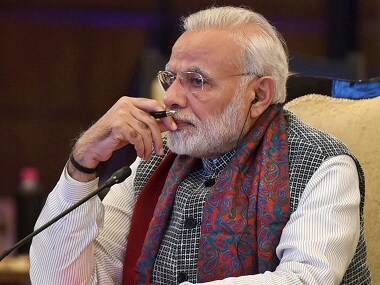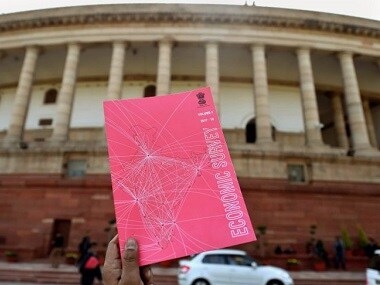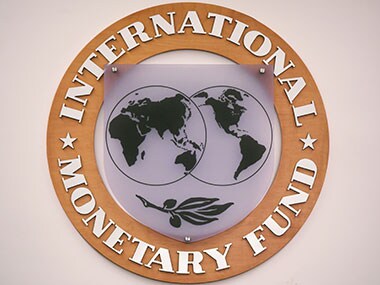In another six years, India is expected to overtake China and become the world's most populated country. However, India can bring about a turnaround in its population growth rate in another 37 years, provided it manages to bring down the birth rate, or total fertility rate (TFR), below 2.0 between 2035-2040, the 2017 revised projections of the Population Division of United Nations' Department of Economic and Social Affairs has said.
The projections also said India is expected to reach its maximum projected population by the year 2061 but will achieve a TFR of 1.8 by that year. TFR is the average number of children born to a woman.
However, by then, India's population would have increased by 33.9 crore (based on the current medium variant projections of the UN report). The slowdown in growth rate is also likely to include an improved sex ratio and a decrease in the number of newborns while an increase in the number of senior citizens, the 2017 revised population projection suggests.
Why does total fertility rate matter? Whether or not India will cross the 2 billion mark depends entirely on birth rate, particularly in heavily populated regions, the data suggested. The 2017 population projections confirm the numbers required from India to maintain a trajectory which would see a decline in population growth. So India is more or less on the correct path. The challenge will be to maintain the current rate.
The country, however, will continue to contribute to global immigration, with over 100,000 people migrating overseas every year.
What's more interesting is that by 2050, all regions of the world except Africa will have nearly a quarter or more of their populations at ages 60 and above. Africa will be relatively younger than the rest of the world.
Published Date: Feb 03, 2018 09:54 AM | Updated Date: Feb 03, 2018 09:54 AM









